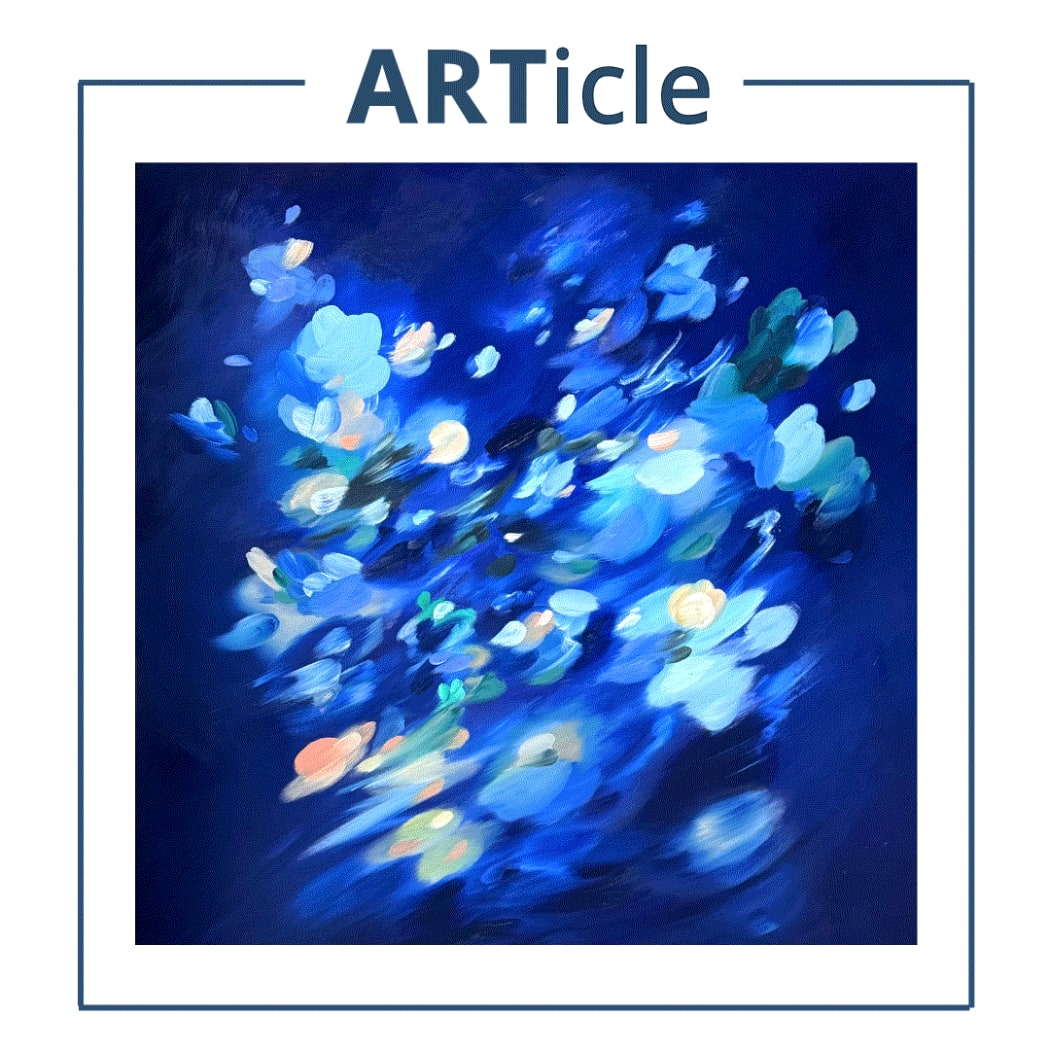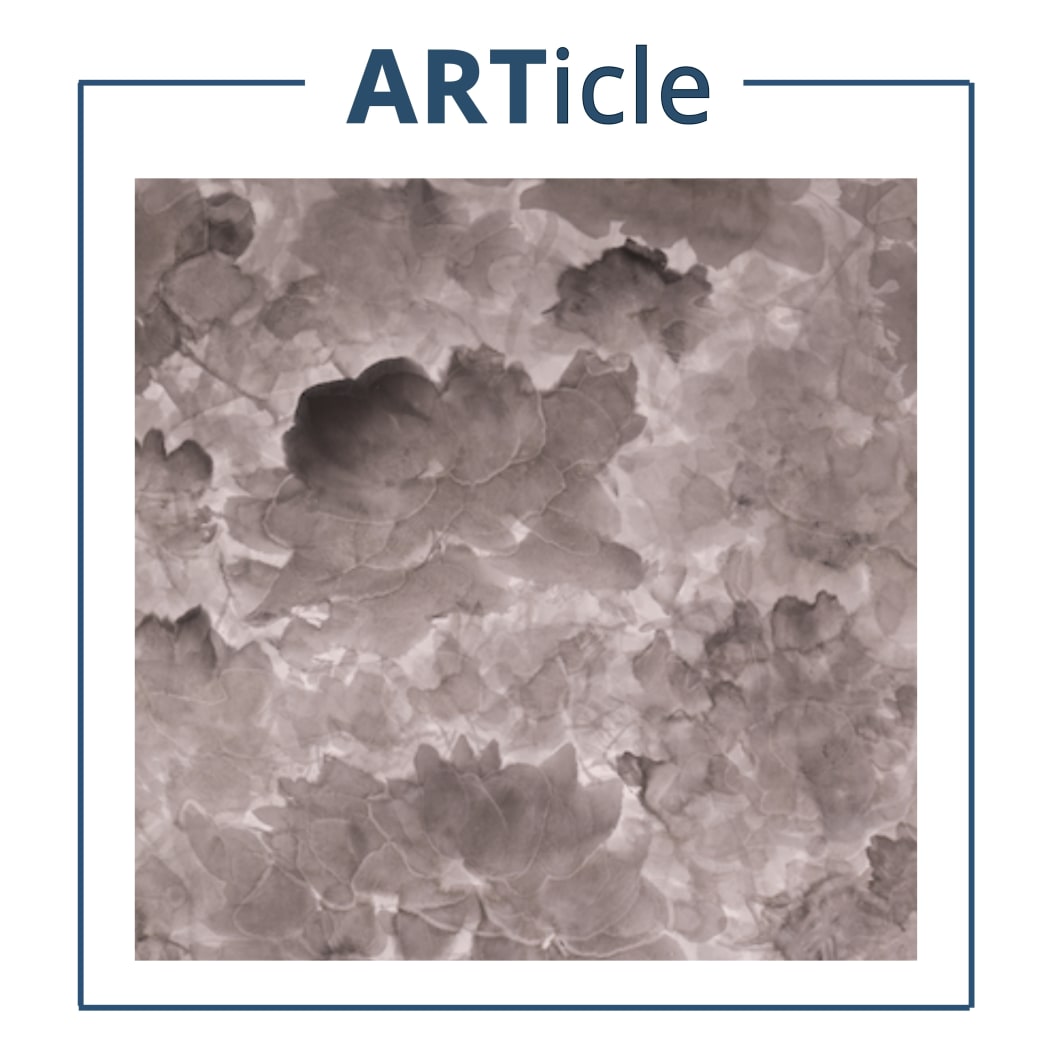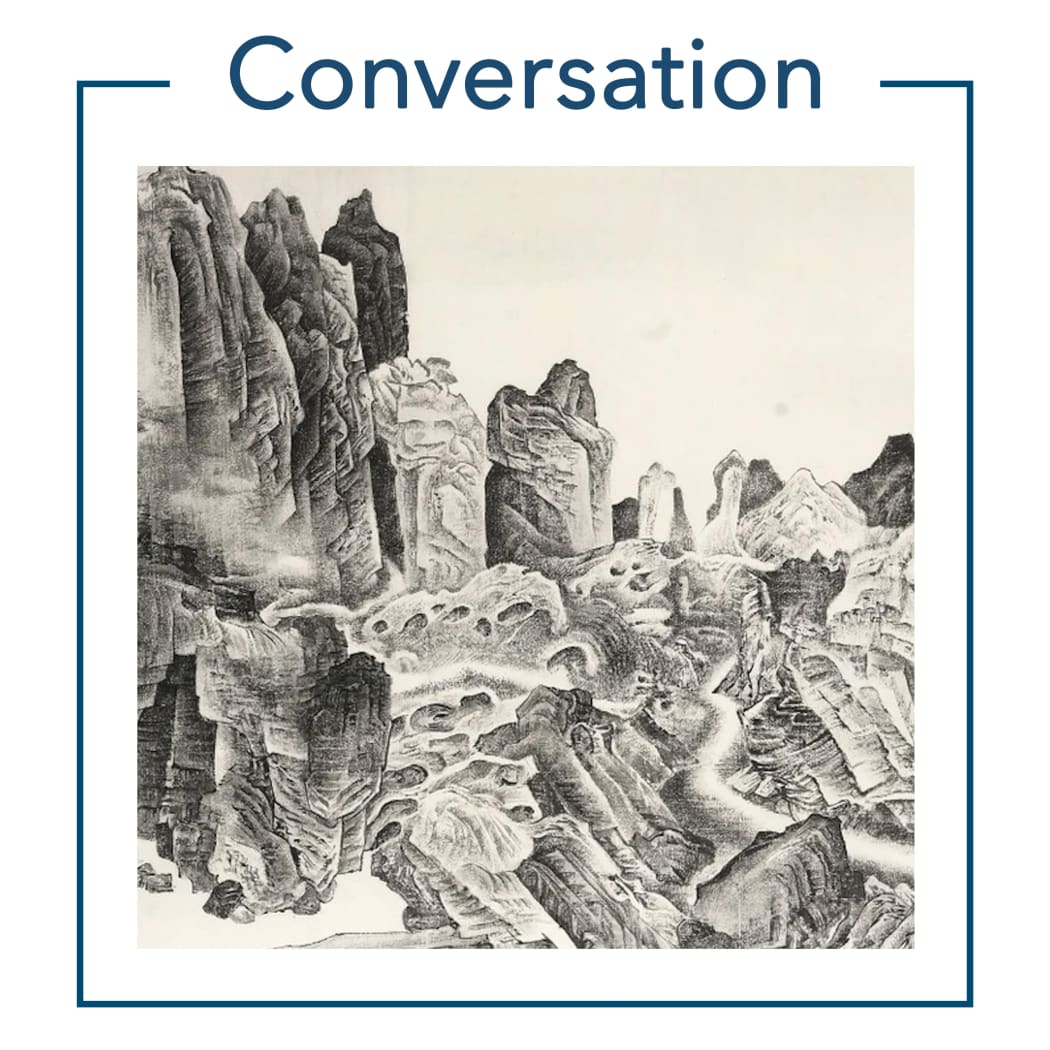-

-

-

ARTicle | Conversation: Ma Desheng X Calvin Hui
Wish Upon A Rock: The Past, Present, and Future of Stone -

-






26/F, Wyndham Place, 44 Wyndham Street, Central, Hong Kong
11am - 7pm Monday - Friday
Phone: +852 2153 3812
Unit 3, G/F, The Whiteley, 137 Queensway, London, W2 4DB (Opening soon)
Phone: +44 203 982 1863
london@3812cap.com
This website uses cookies
This site uses cookies to help make it more useful to you. Please contact us to find out more about our Cookie Policy.